It feels like we’ve barely known the Kia Niro plug-in hybrid, but during the course of this long-term review, it was announced that there will be no PHEV version of the new one in the Australian market.
That’s right, this version of the Niro will be passed over, with the brand instead only bringing in the parallel hybrid (or ‘self-charging’ hybrid in commonly-used Toyota parlance) and fully electric version of the new-generation car.
Kia says this is because there was very low demand for the PHEV in comparison to its alternatives.
I’ll be bringing you a long-term review of the new fully electric model, but was this PHEV version unfairly overlooked? Does it offer the best of both worlds. In this final chapter, I’ll explain.
Is a PHEV a good choice for long-distance driving?
It wouldn’t be a long-term test without a range test, and a perfect opportunity presented itself in the form of a trip to Jindabyne.
This was not only an opportunity to see how our PHEV drivetrain performed outside of its comfort zone of constantly being charged, but also a great test of its luggage capacity with the seats down.
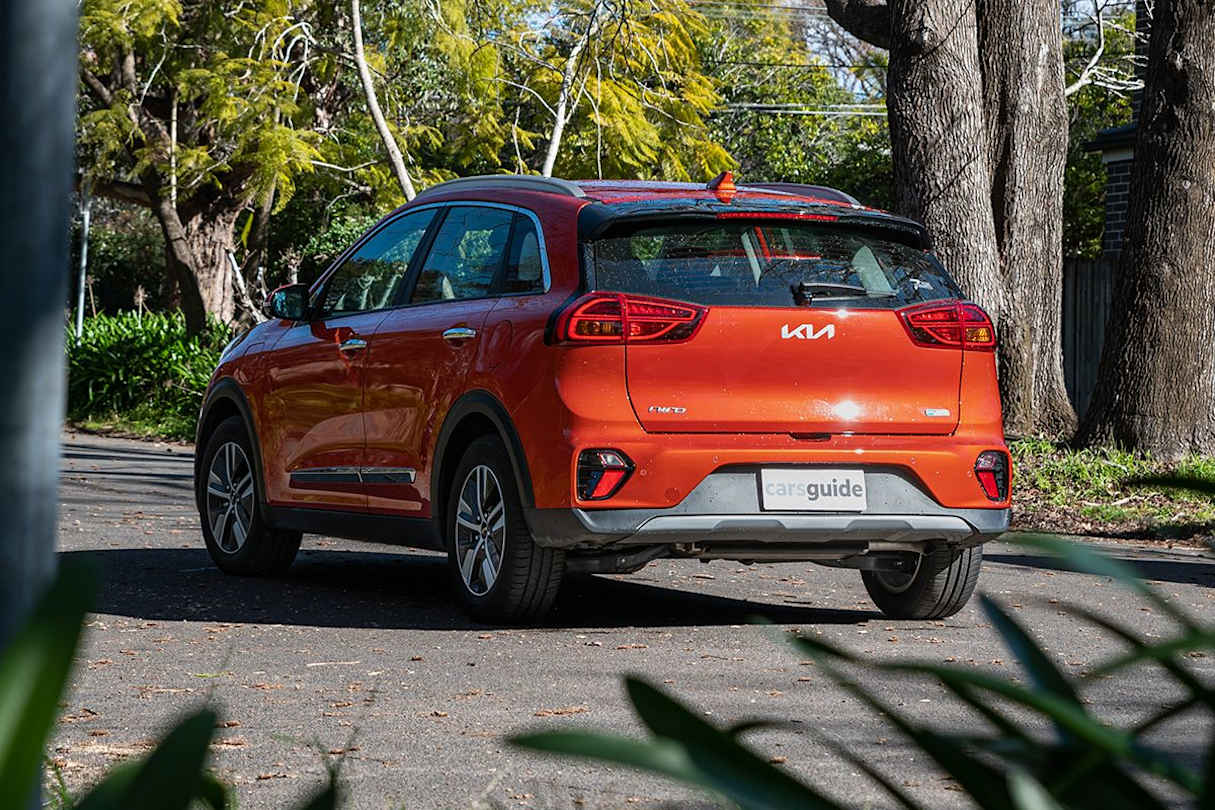
I can confirm that the Niro will take a full 190cm ski bag, so long as you place it diagonally, which incidentally leaves room for plenty of bags on either side, too.
Setting off, I decided to give the Niro its best chance at the lowest possible fuel consumption. My theory was the way to do this would be to set the drivetrain to hybrid mode, rather than simply let the car drain its electric range in the first 50km then rely entirely on combustion for the remaining 420km of the trip.
The total distance was around 470km, or 940km return door-to-door. Our car was reporting around 47km of electric range from our start point at 90 per cent charge with an average fuel consumption of 3.2L/100km.
At the end of our journey (with some detours bringing the total distance travelled to 540km), the car was still showing 11km of electric driving range remaining, although fuel consumption had risen significantly to 4.6L/100km. Worth noting that this is still less than a Toyota Corolla hybrid.
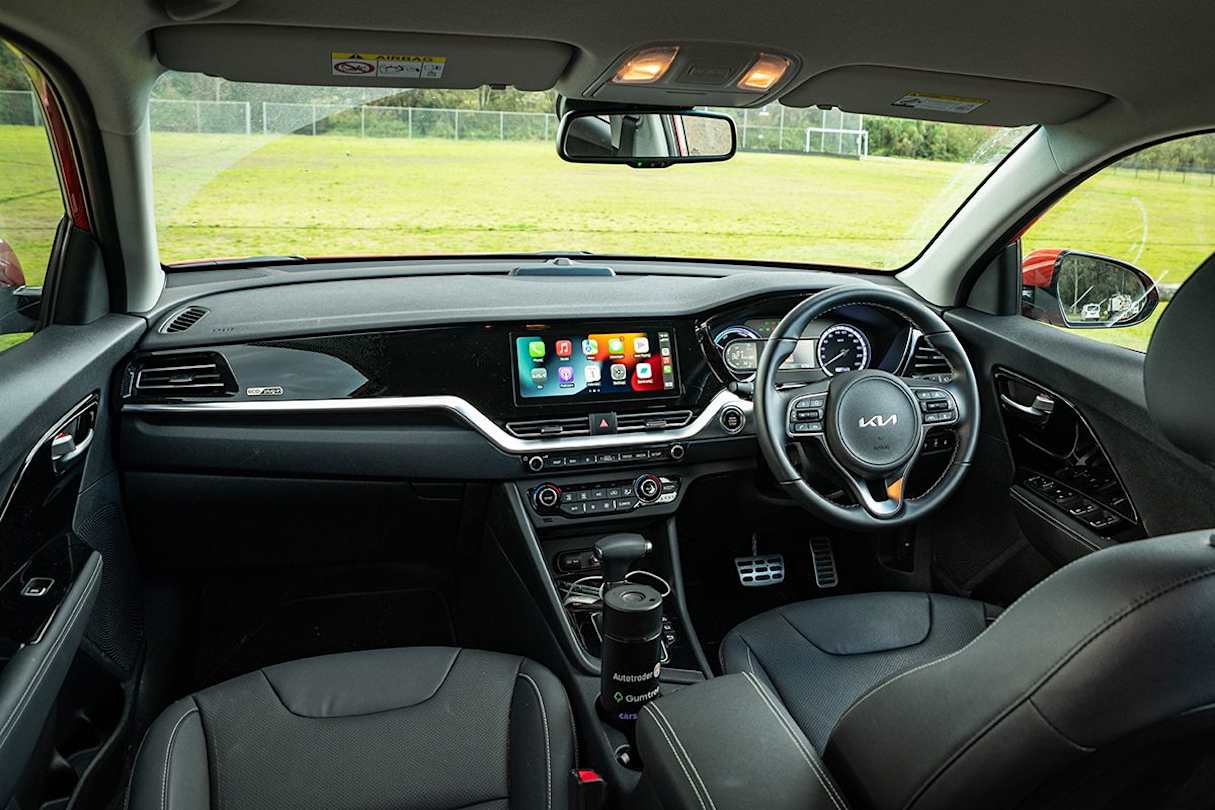
Genuine, glorious, snow at our Thredbo ultimate destination meant the front-drive Niro was left at Jindabyne in favour of our friend’s Ford Ranger as we didn’t feel like fiddling around with snow chains.
Still, we had nowhere to charge the Niro at our accommodation for the return journey, so it would be interesting to see if the fuel consumption continued to climb on the 500km it took to get home.
One added benefit of this trip was that we only needed to fill up once in Canberra on the way back. At that point, the Niro had just about used its remaining electricity.
This little SUV is also a much better freeway companion than first expected. While tyre roar is much louder at freeway speeds than it is around town, the overall cabin ambiance was much less grating than, say, the Subaru XV Hybrid I took for a trip on the same route. The engine remains quiet at freeway speeds with its electric assistance humming away, leaving plenty of room for the speaker system to make up the difference when it comes to ambient noise.
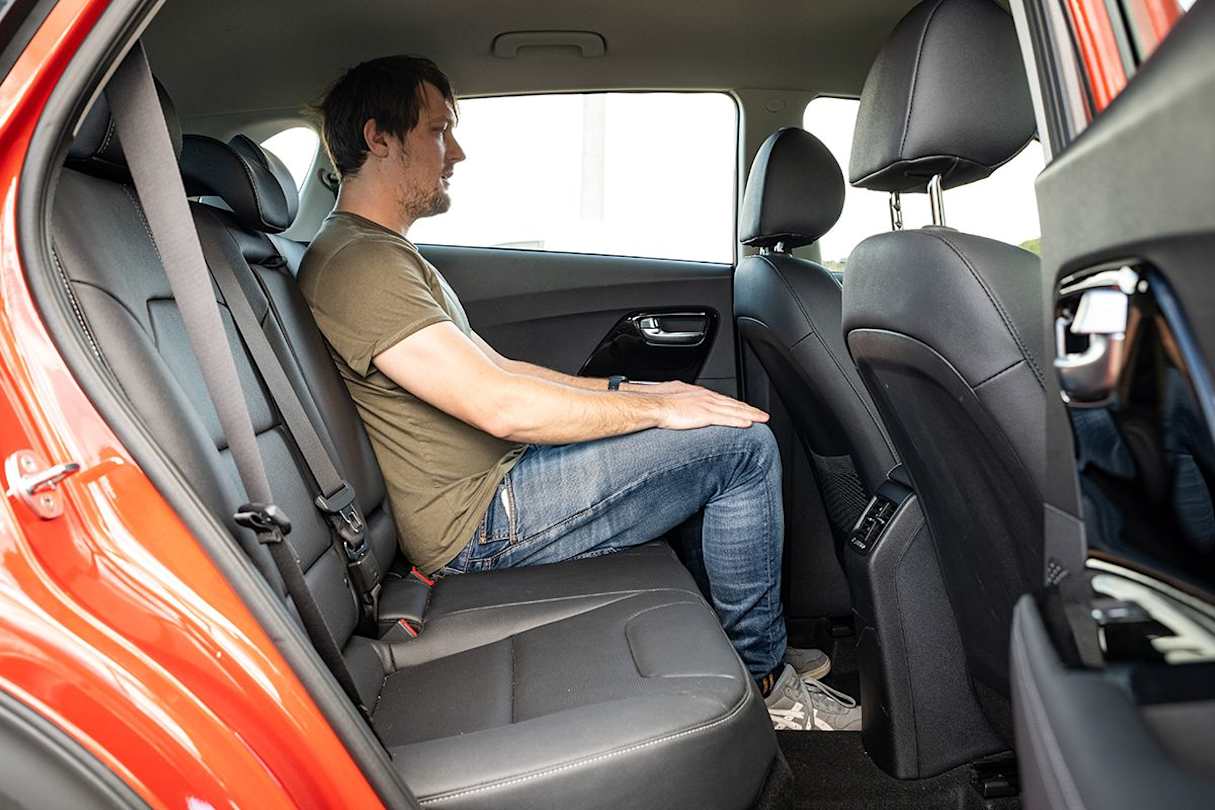
The adaptive cruise control system is also notable for how easy it was. It keeps its distance from other cars nicely, and can make use of the breadth of the Niro’s electric motor regen to keep the speed as you set it, even on steep hills.
I’d consider the Niro well above average on the freeway for the small SUV segment, which is usually dominated by noisy small capacity engines and less than impressive ambiance at higher speeds.
At the end of our journey we had travelled a total of 1013km, and the dash was reporting a fuel consumption of 5.3L/100km for the distance. After our stop in Canberra to refuel, the consumption slowly continued to climb due to the lack of electrical assistance.
I wonder how much further it would have gone with the battery charge at its base level. At least this test gives you an idea for how high it gets. Pretty good overall consumption, even amongst hybrid small SUVs, but is it worth the extra cost to go PHEV?
If you’re travelling distances like this often, I’d say parallel hybrid is probably a better choice.
Has the Niro been a good companion overall?
Another two weeks passed after our trip, with the Niro racking up a few hundred more kilometres. With a return to our regular programming when it comes to charging, fuel consumption slowly dropped.
Two funny things happened during this time. The first was I came to the realisation that the dreaded 'range anxiety' for me at least, was worse in the Niro.
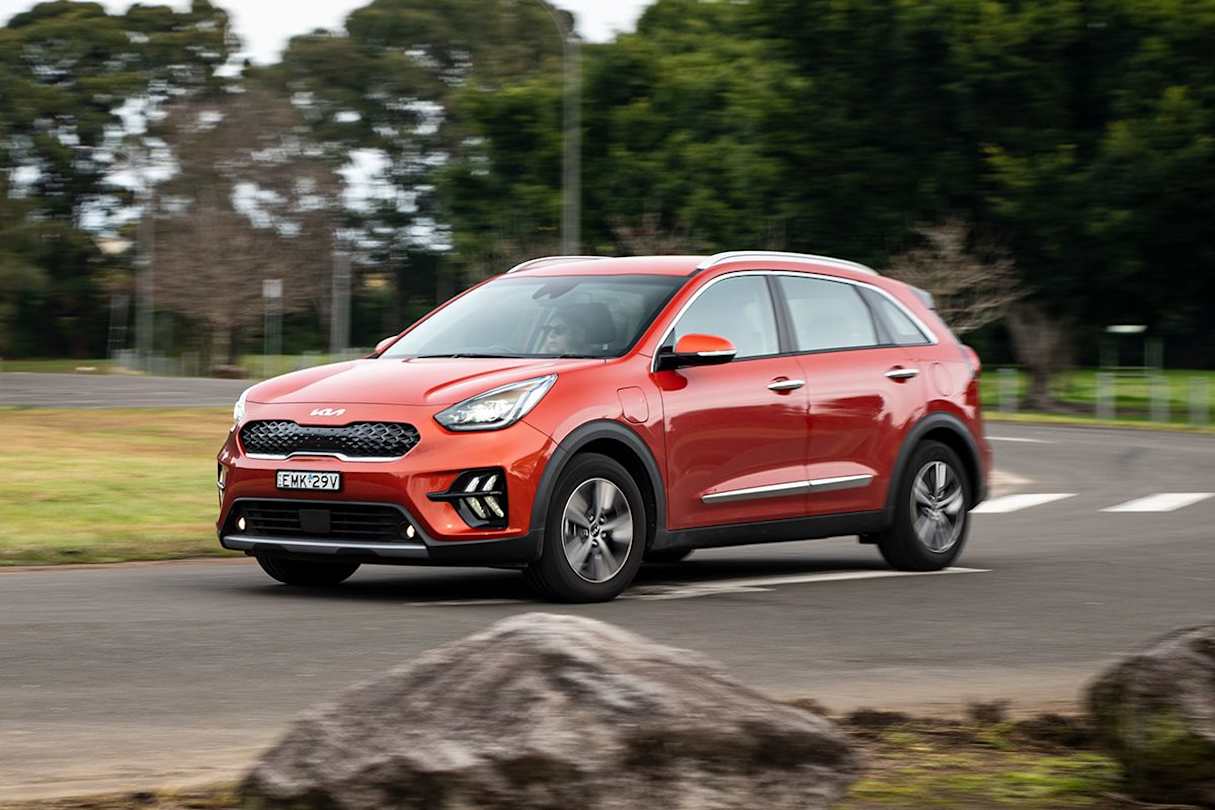
Even having driven cars like the Mazda MX-30 with its 200km driving range, I found I was more constantly paranoid the Niro would run out of its circa 50km and the fuel consumption would go up.
It’s silly, because running out of electricity in a plug-in hybrid is relatively consequence-free, it’s just the constant need in this car to juice it to make the most of it which plays on your mind.
The second thing that occurred was a first for me despite having run two fully electric long-termers. My charging cable became stuck in a charger.
During the session at a local AC unit, the fuse was thrown (for unknown reasons) and the outlet refused to release my cable. I was told that it had to be released manually by a technician, and as it had happened on a Friday, I would have to wait all weekend for someone to come and retrieve it. I ended up picking the cable up days later. Imagine if I had the MX-30!
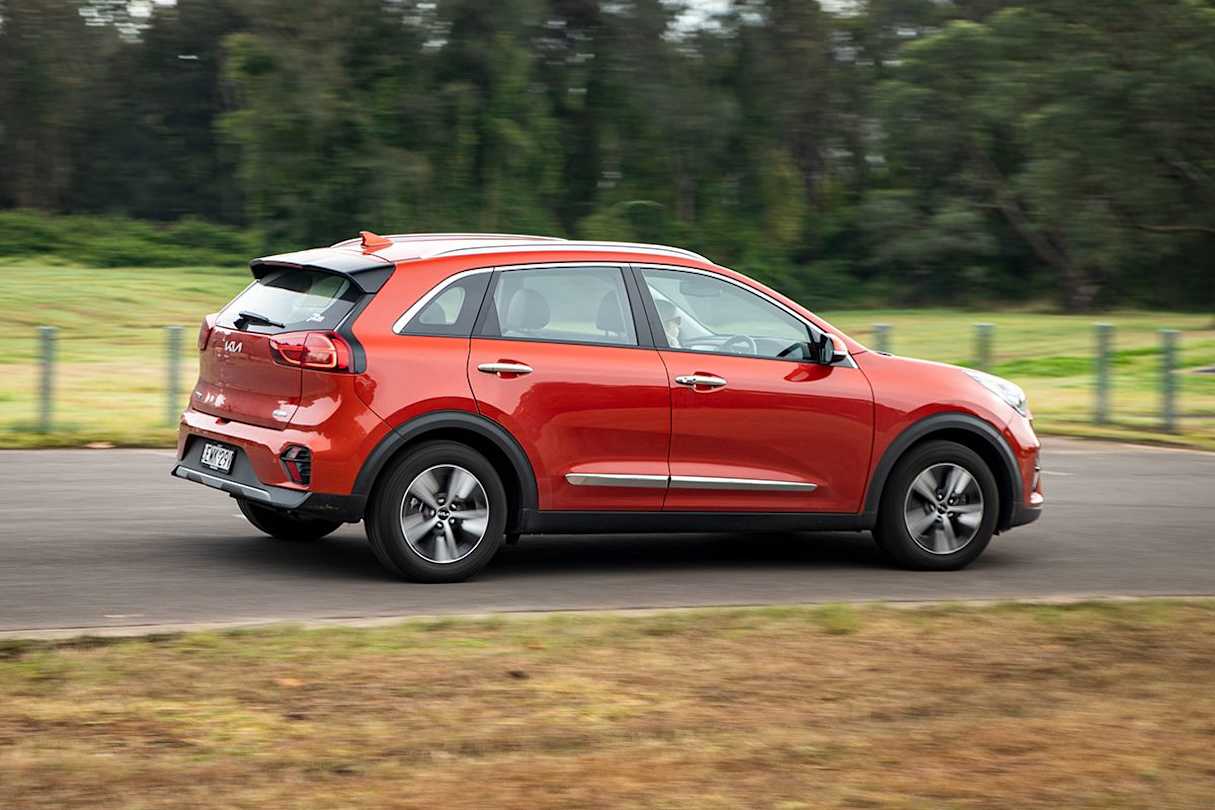
How far did I get on the last tank of fuel, and what was our final consumption?
The car made it about 750km on our long-distance test on a single tank, which makes sense given the consumption nearly doubled during the trip. Gives you an idea of how far you’ll make it driving in hybrid mode, with the caveat that range would have decreased further without any charge in the battery.
Our overall consumption number, now thrown well out by our long distance drive, landed at 3.9L/100km. A comfortable landing point between our long range test consumption and our every-day driving consumption.
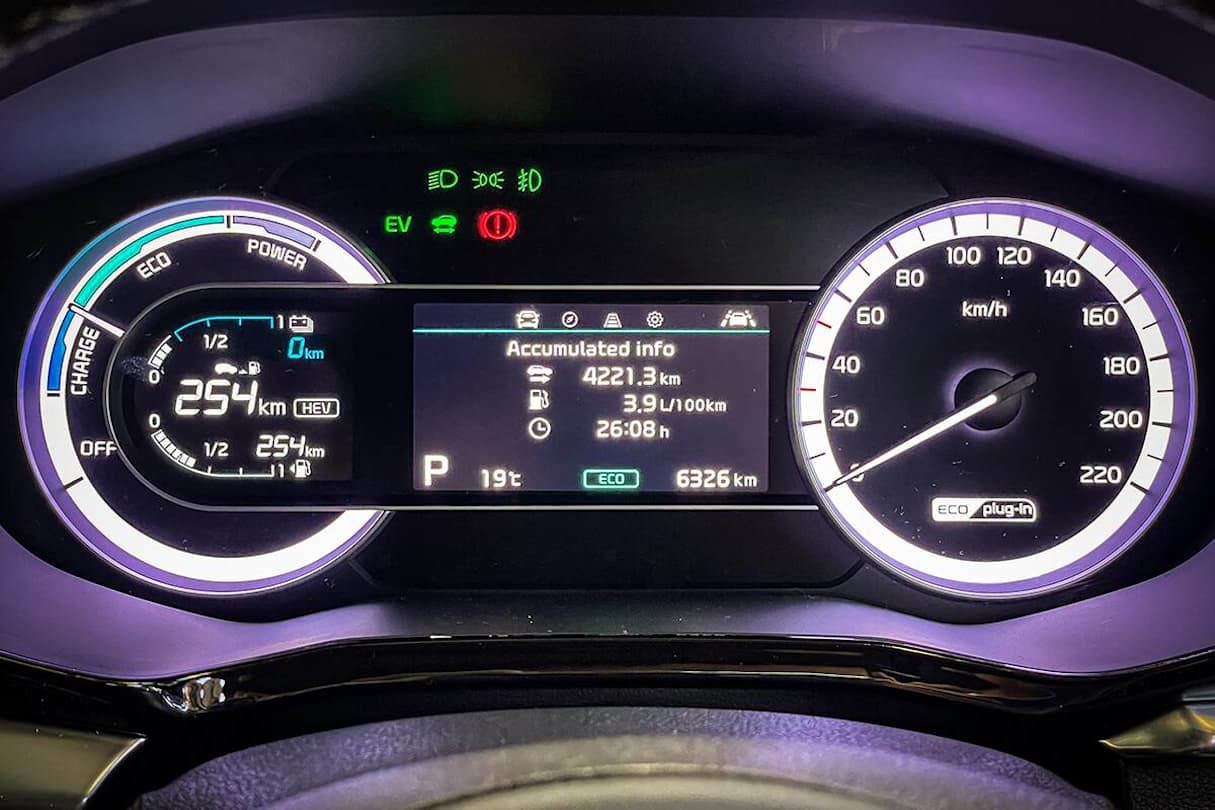
Acquired: February 2022
Distance travelled in June/July: 1512km
Odometer: 6326km
Average fuel consumption: 3.9L/100km
Kia Niro 2022: Phev S (hybrid)
| Engine Type | Inline 4, 1.6L |
|---|---|
| Fuel Type | Unleaded Petrol/Electric |
| Fuel Efficiency | 1.3L/100km (combined) |
| Seating | 5 |
| Price From | $33,550 - $39,930 |
| Safety Rating |
|
Verdict
The Kia Niro PHEV is good at quite a few things. For zero-emission daily driving it over-performs considering its tiny battery, and it has an ideal bodystyle which is nice and small for parking but huge on the inside for carrying people and things.
Once the juice runs dry it’s a less than impressive drive experience, but at least you won’t be left stranded as you might be with a low-range fully electric vehicle.
I’ll miss its practicality and ease-of-use, but I won’t miss the fact that it’s a little boring to drive, is a bit jerky with the regen braking turned up, and the $50,490 price-tag was always eye-watering considering it also has a lower standard spec than some rivals. That’s almost Golf GTI money!
My partner enjoyed its short-person-friendly seating position, its excellent visibility, and its ease-of-use, but agreed it was hardly inspirational to drive.
Would we own one then? Probably not. I can see why Kia cut this particular one from the local range. For the right buyer, though, (likely one able to charge in their garage who doesn't travel far on a daily basis), the Niro packages up a decent semi-electric driving range in a ideally-sized trendy small SUV shape.
Pricing Guides

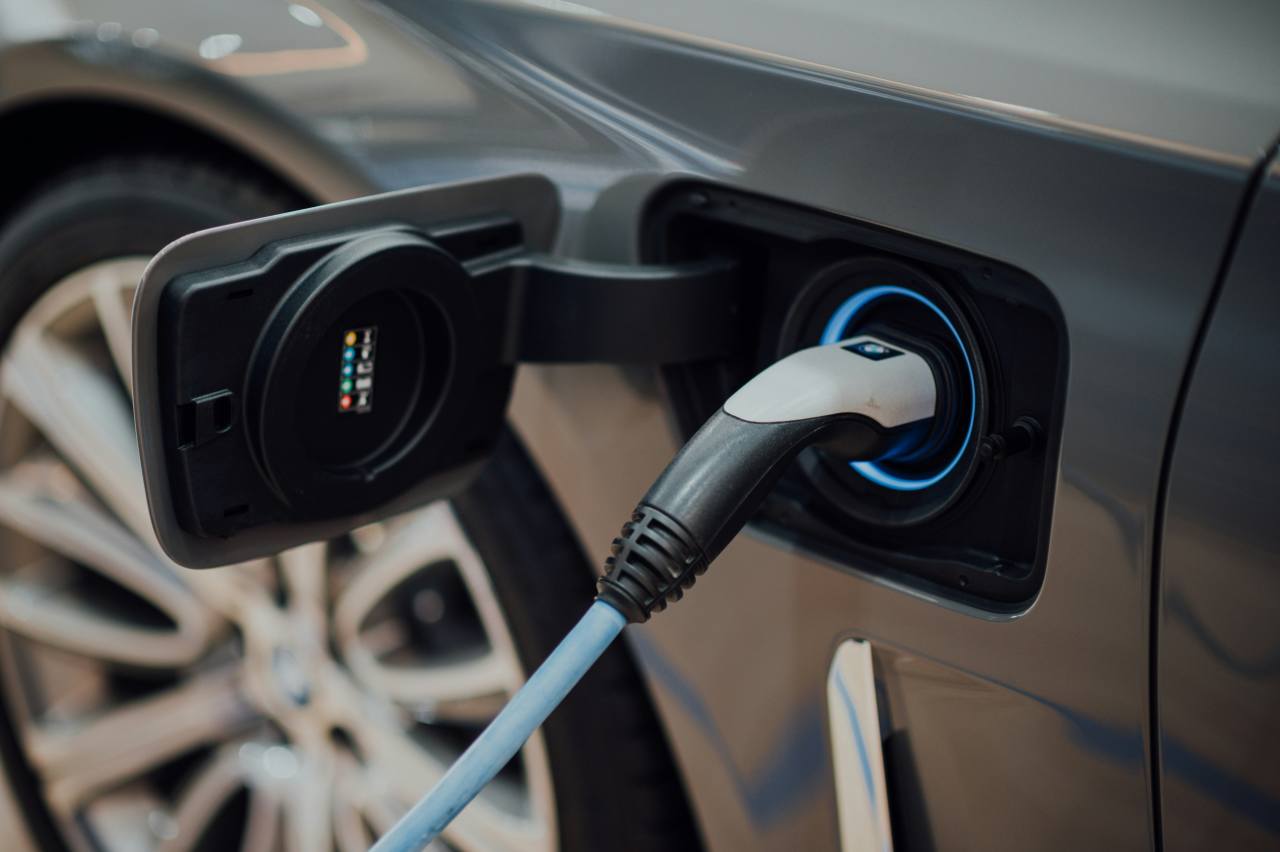








.jpg)
.jpg)
.jpg)









































 copy.png)

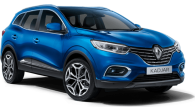




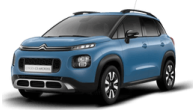






.jpg)

.jpg)
.jpg)
.jpg)
.jpg)
.jpg)